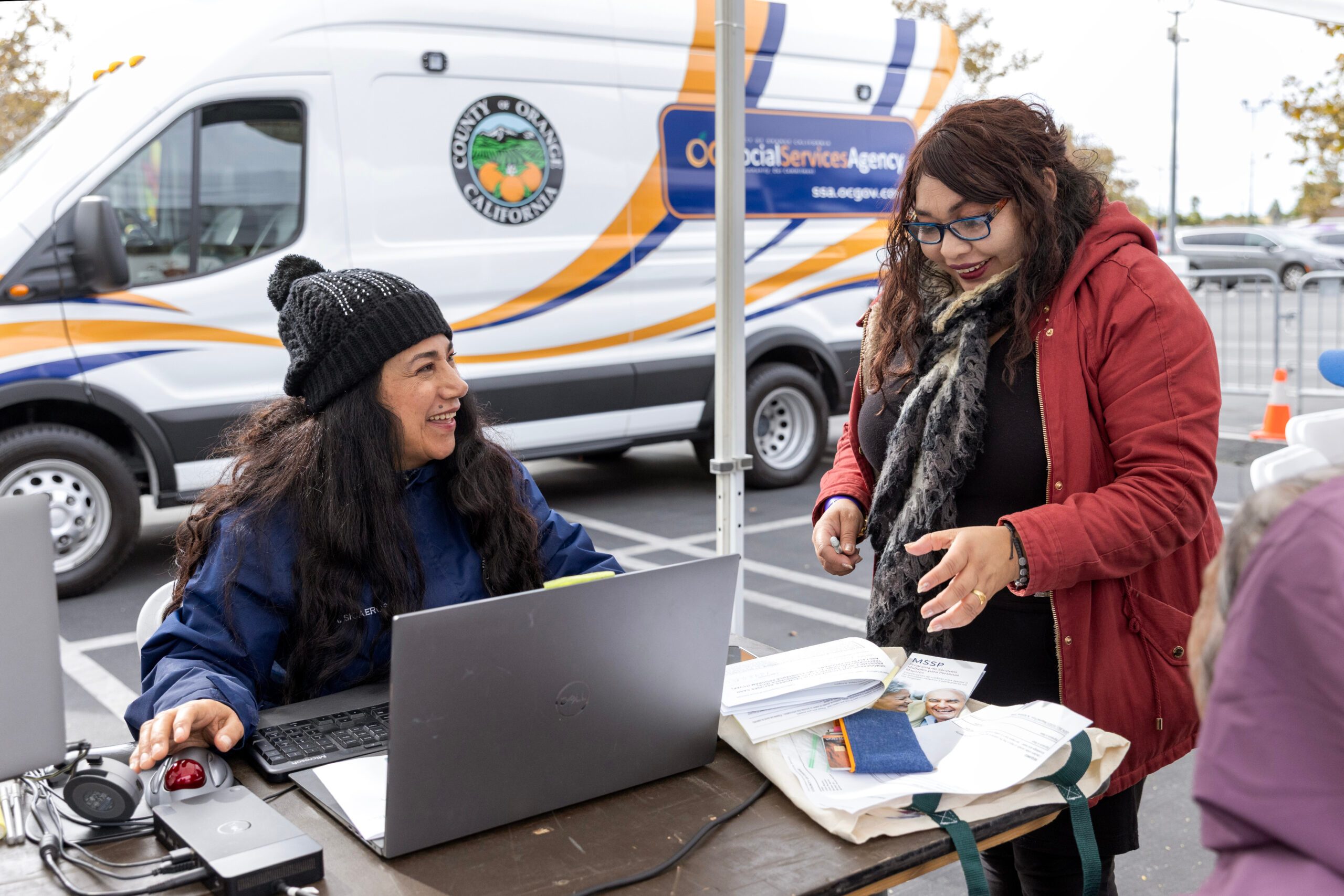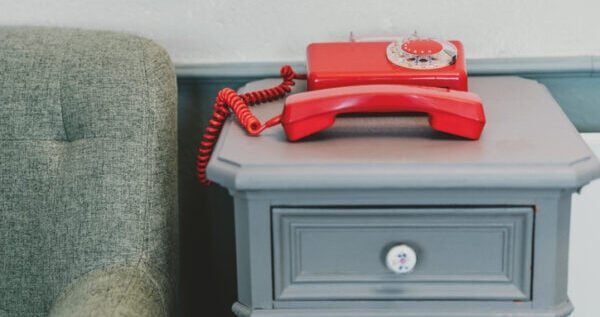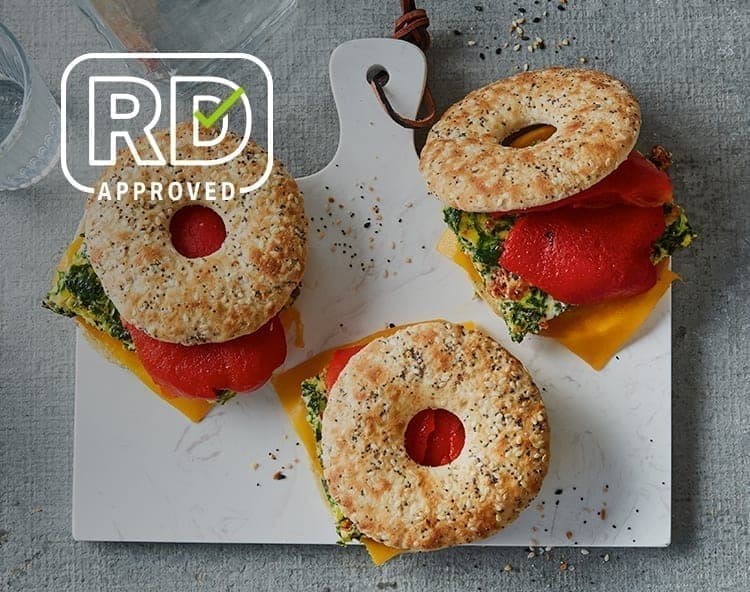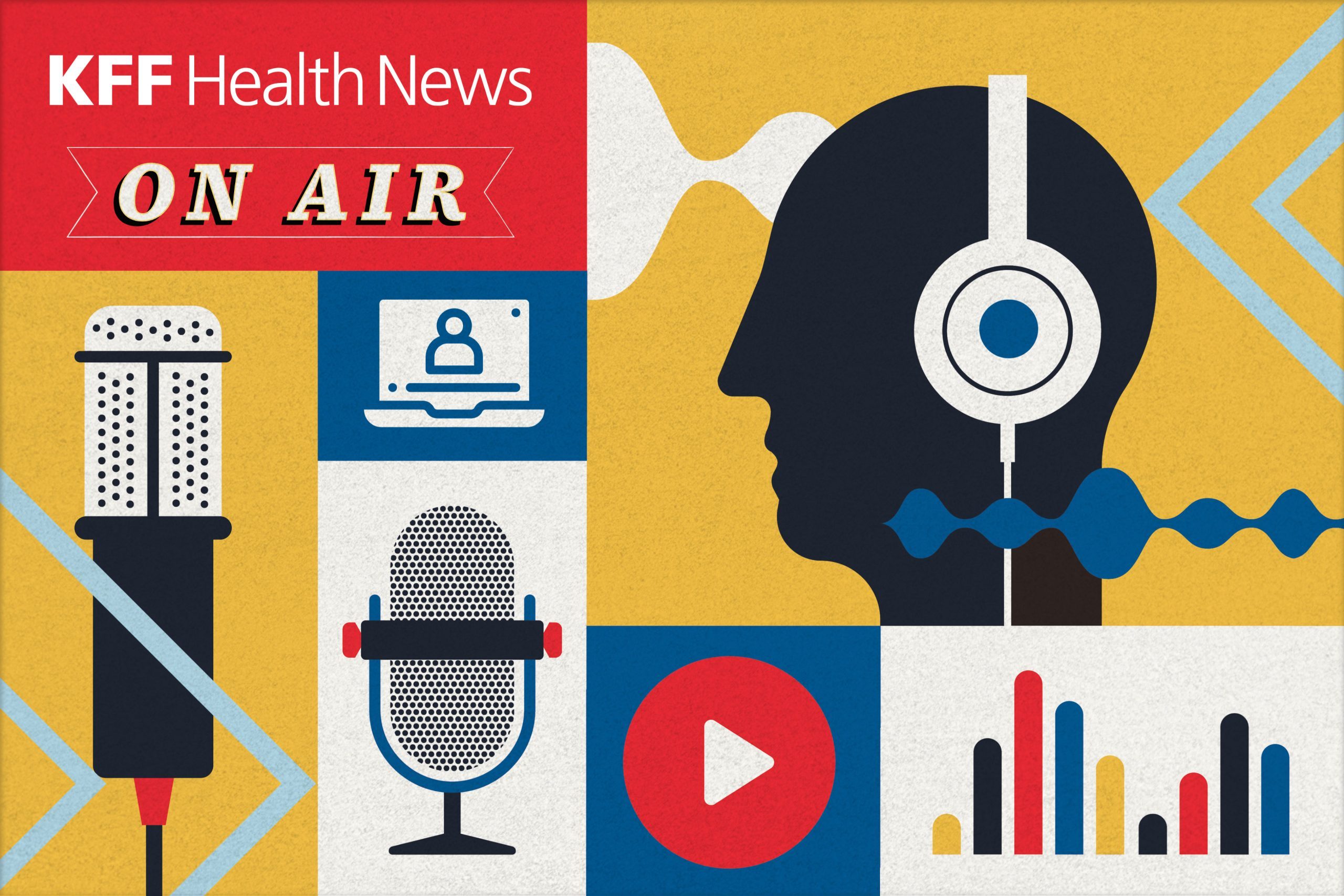After my bloodwork a few weeks ago, I stopped by a local 7-Eleven to grab an iced coffee. I parked and went in. An older man came in behind me and said, “Do you know you’re parked in handicapped? You’ll get a ticket.”
I turned around, oxygen cannula and all, and said, “Sorry, sir, I am disabled.” He said I looked so healthy. (Insert eye roll now.) I thanked him for the warning and reminded him that not all disabilities are visible. Imagine how he might’ve treated me if I weren’t using my oxygen at that moment.
This is my reality. I’m not alone. Those of us who live with an invisible disability have to decide every time we go in public if we can or should embrace it. Some of us can pass in public as able-bodied, and while we blend in more when we do, we may suffer from not taking advantage of accommodations we need. Other times, if we do embrace our needs, we might be subjected to harassment or accused of faking it.
Why can’t everyone mind their own business and offer more kindness to one another? Time and time again, I feel the need to prove my disability to someone. In the past and unfortunately still today, people are uneducated and view disability as negative, like a flaw. I’m exhausted from pushing myself to look “well.” Too often, people question my abilities or disabilities.
Recommended Reading June 15, 2022 News by Steve Bryson, PhD
June 15, 2022 News by Steve Bryson, PhD Inhaled Seralutinib Shows Promise in 2 PAH Animal Models
The first day I needed my accessible parking placards, I cried. Why? Because my pulmonary hypertension (PH) is often invisible, and the placard marked me as disabled. Even though I use oxygen and a wheelchair when needed, this event forced me to grieve things I could do before my PH symptoms and diagnosis.
Last month, I had to switch my disability placard from Texas to California after our move, and I was asked by the kind woman at the Department of Motor Vehicles why I didn’t get the disabled plate for my Jeep. Immediately, I looked at my husband, Manny, and he knew how I felt. But then I thought about it. Yeah, I’m disabled, and it’s OK!
So I now drive my Jeep with my disabled license plate. To some, that isn’t a big deal, but I feel I’m marked or targeted by the general public. At times this causes anxiety.
As we near the end of Disability Pride Month, what better time to share such struggles and remind ourselves that we should be proud? We have different abilities, which makes us part of an extraordinary group.
I’ve learned so much about the resilient people in rare disease communities. Many say that those born with disabilities fare better psychologically than those who become disabled later in life. But it’s not more manageable for those folks. They hear insensitive remarks and get glares and stares, too. They learn to cope with it because their disability is their lifelong “normal.”
Recently, a friend with a genetic disability helped me learn a lesson about my own condition.
Manny and I recently drove to Anaheim to meet my good friend and colleague, Kevin Schaefer, or Kev, as I call him, at Downtown Disney. Kev, a columnist for SMA News Today, was visiting California from North Carolina for the Cure SMA (spinal muscular atrophy) conference. We were so excited because this was a chance to meet up after working closely for over three years.
We went to enjoy lunch together. Manny pushed me in my wheelchair with my portable oxygen machine and Kev in his speedy wheelchair. Kev uses an electric wheelchair and a cool Jaco robotic arm named “Otto.” I watched and admired Kev, asking my husband to assist him so he could enjoy his shake.

Jen, at right with her husband, Manny, with Kevin Schaefer, left, using “Otto” at Downtown Disney in Anaheim, California. (Courtesy of Jen Cueva)
Watching Kev use his chair’s joystick to move the arm to eat, I felt like we had a superhero at the table. But for Kev, this was what he does daily. He’s gained independence since acquiring his Jaco arm. However, he continues to depend on others for assistance sometimes. He never hesitated to ask Manny to lend him a hand.
We laughed as we chatted and tried to smash our massive shakes, but neither of us could — even with Manny’s help.
On the drive home, Manny told me how he noticed some people pointing and staring at us as we ate. I told him, “Hopefully, they were amazed at our superpowers.” Then it hit me. Maybe I’m starting to ignore those stares and glares as I learn to live my life with my disability with pride.
Besides the blessing of meeting my friend in person, I learned a life lesson that day. Kev may not realize it, but he reminded me not to be ashamed of my disability, to ask for help without guilt, and to enjoy a delicious shake, even if I can’t finish it.
Have you struggled to accept or be proud of your disability with PH? Share your experience in the comments below.
Note: Pulmonary Hypertension News is strictly a news and information website about the disease. It does not provide medical advice, diagnosis, or treatment. This content is not intended to be a substitute for professional medical advice, diagnosis, or treatment. Always seek the advice of your physician or other qualified health provider with any questions you may have regarding a medical condition. Never disregard professional medical advice or delay in seeking it because of something you have read on this website. The opinions expressed in this column are not those of Pulmonary Hypertension News or its parent company, BioNews, and are intended to spark discussion about issues pertaining to pulmonary hypertension.
The post How a Friend Inspired Me to Be Proud of My Disability appeared first on Pulmonary Hypertension News.
Original Article










